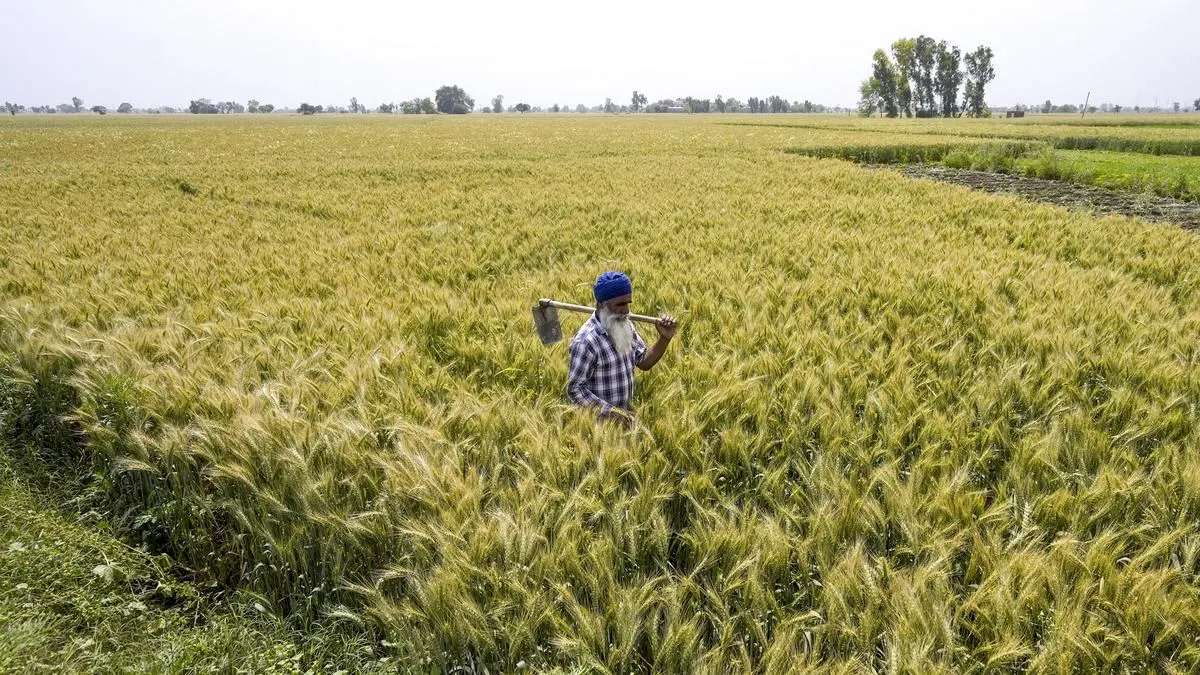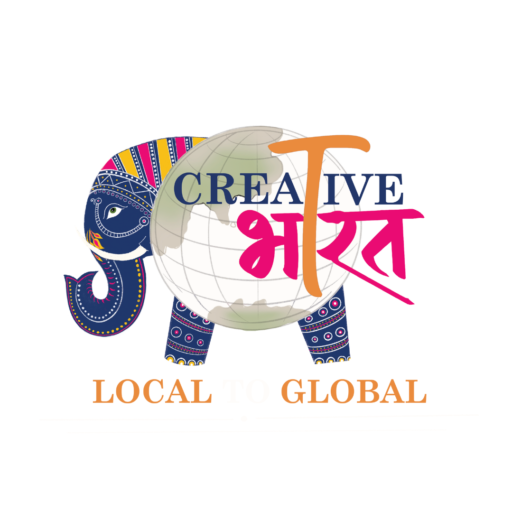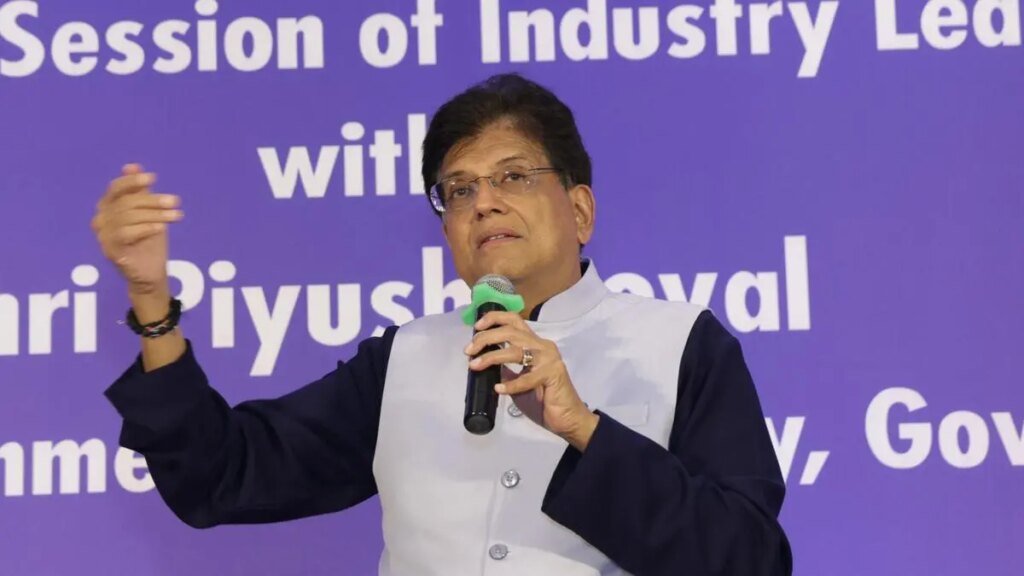Agristack: Understanding opportunities and challenges for financial services


It is essential to leverage technological innovations to promote sustainable and inclusive development in the Indian agricultural sector
Agriculture is the backbone of our economy, ensuring food security and providing livelihood to more than 45 per cent of the population and contributing to 15 per cent of our GDP1. However, it faces many challenges – from climate change and resource constraints to market volatility and the growing demand for transparency.
Therefore, it is essential to leverage technological innovations to promote sustainable and inclusive development in the Indian agricultural sector. A key enabler of this change has emerged in the form of Digital Public Infrastructure ‘AgriStack’ (or Unified Farmer Services Interface, UFSI), which is a robust digital framework aimed at transforming how agricultural data is gathered, organised and applied.
AgriStack has the potential to revolutionise agricultural research and development, enabling scientists and policymakers to leverage vast amounts of data to identify trends, patterns and innovative solutions for the sector. Agricultural data forms one of the most diverse, complex and huge data ecosystems. The availability of comprehensive agricultural data can also support evidence-based policymaking, leading to targeted interventions and better allocation of resources.
Opportunities
Let’s look at the opportunities for digital transformation in the agriculture sector and the key role that financial services can play – collaborative partnerships in catalysing quantum growth in the supply chain by removing structural blocks, enhancing efficiencies and providing innovative, customised products.
Collaborative partnerships: Agristack offers unprecedented opportunities for private–public partnerships in financial services to provide easier access to capital, more efficient last-mile reach, and customised products for credit, insurance – while also managing risks to empower underserved rural communities. AgriStack will also complement government initiatives like the Direct Benefit Transfer’s (DBT) with greater transparency among stakeholders in the agricultural supply chain. There will be new financial use cases using cutting-edge technologies such as GIS, Blockchain, AI, ML and IoT, further transforming agriculture sector in the near future
Access to credit and financial products
Agristack will further build on the interfaces, provide easier data flow and integrations to streamline the digital/embedded loan journey for farmers or insurance product delivery. Financial services entities will integrate with Agristack to provision innovative products to farmers and allied ecosystem; digital sachet loans, livestock insurance, contract farming enablement and farmer advisory services.
Risk management: The data collected through Agristack will enable financial services entities to effectively underwrite credit positions, create specific analytical models for consumption or collection metrics, design sustainable products and baseline the right risk premium for agriculture portfolios.
Better governance and transparency: With the introduction of Agri Stack, a unique farmer identity will soon become mandatory to avail any Government schemes or financial services.
Farmer identity and associated data from other registries will enable Government agencies to adopt data-driven monitoring and governance approach, thereby reduce frauds, aid in policy creation, aid in training and financial wellbeing programmes.
Opportunities for the FS sector
To realise the full potential of the AgriStack, the financial services sector will need to collaborate closely with AgriTech and FinTech innovators. Much like how UPI, ONDC and OCEN transformed digital finance and commerce, AgriTechs are poised to build on this public infrastructure to create tailored solutions for the agriculture ecosystem. By combining tools like satellite imagery, real-time credit assessments, commodity price tracking, IoT-powered farm data and user-friendly digital touchpoints, they can help deliver financial services that are relevant and accessible to farmers across India.
Emerging technologies will also play a vital role. Blockchain, for instance, can introduce traceability and reduce transaction delays through smart contracts, which could be a game-changer for agricultural trade and financing. Meanwhile, GenAI and machine learning are opening up new ways to analyse vast amounts of agri-data. This allows banks and financial institutions to design more precise, timely and need-based products that can improve farmers’ financial resilience.
However, for these changes to truly take root, it’s not just about the technology. Effective change management will be critical. This means building trust with farmers, ensuring data privacy, breaking language barriers through vernacular content and local context and improving financial literacy on the ground. By proactively addressing these areas, stakeholders—from the government to financial institutions—can help ensure the AgriStack is not only adopted widely but also used meaningfully to empower India’s agricultural backbone.
Conclusion
In summary, in spite of multiple challenges, the implementation of Agri Stack is expected to have a considerable transformative impact similar to, or even greater than that of Aadhaar on financial inclusion and digital transactions. In the industry, we are already witnessing financial services entities and AgriTech firms collaborating on the ecosystem-led offerings for farmers, dairy, co-operative societies, small and medium enterprises, etc. Going forward, it is clear that AgriStack will enable financial services entities to create innovative products catering to the agri sector, digitise connected workflows, and accelerate open banking-led penetration of financial and advisory products/services for farmers and the larger agricultural community in India.
The author is Partner – Financial Services Advisory, PwC India
Published on April 19, 2025




